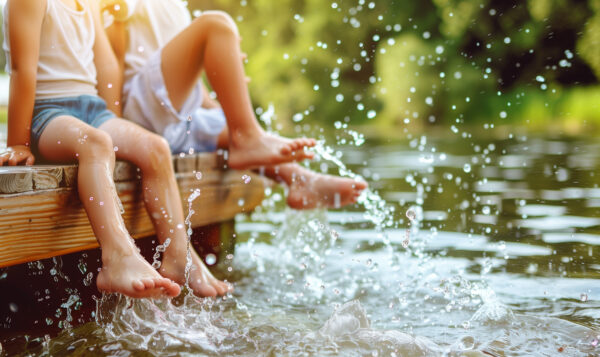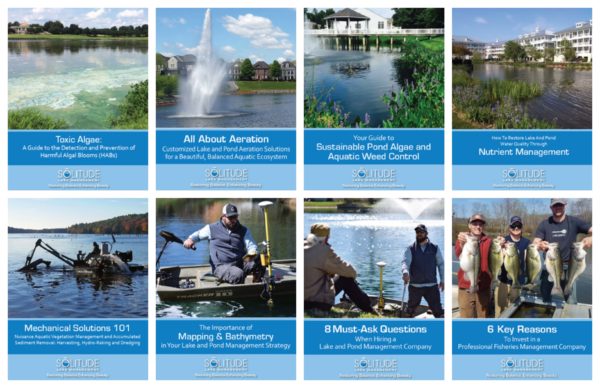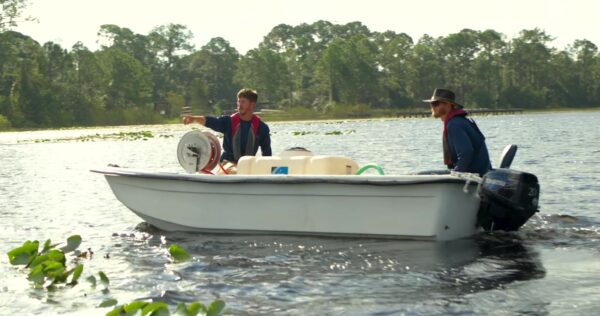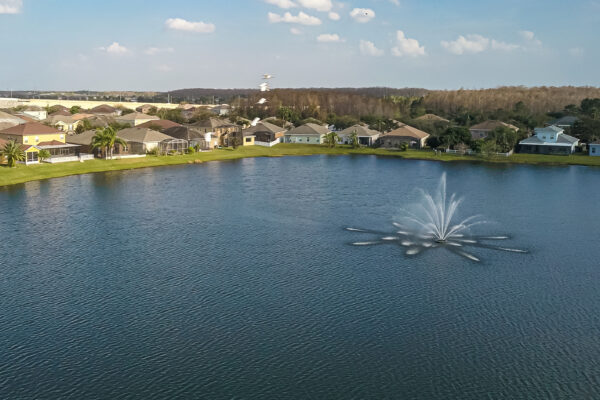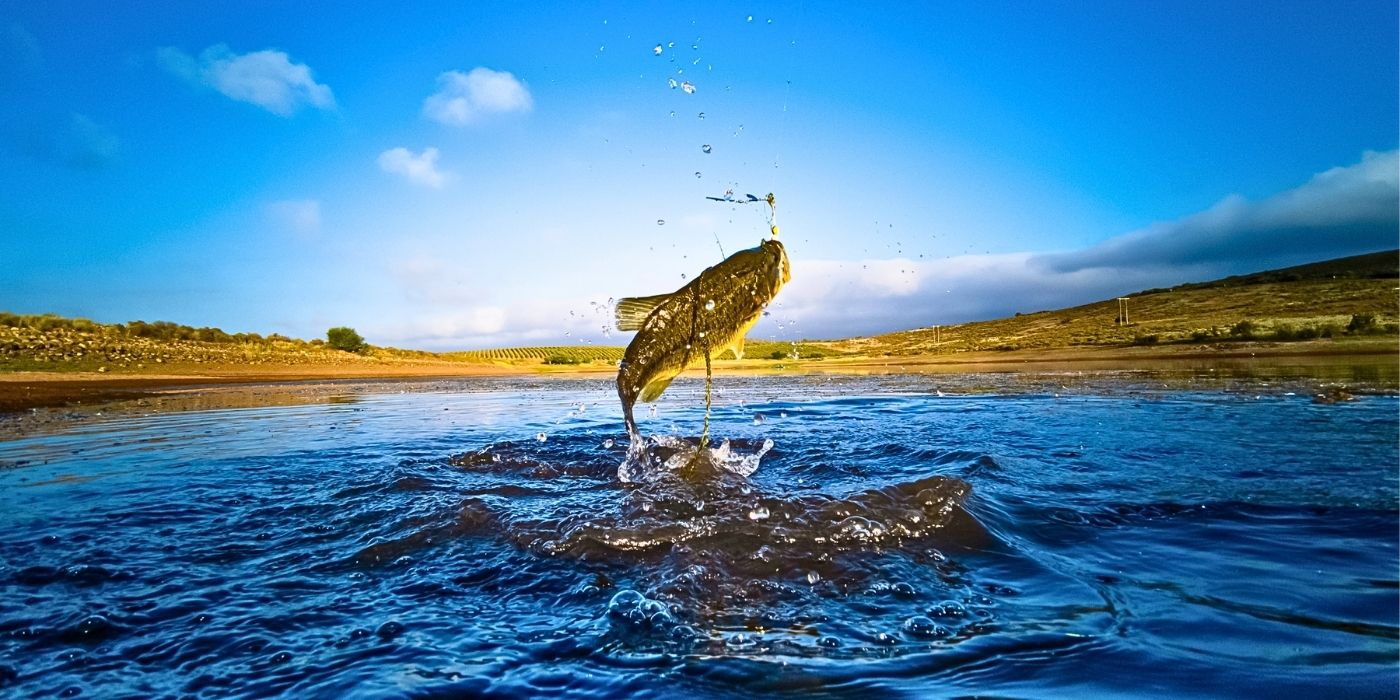
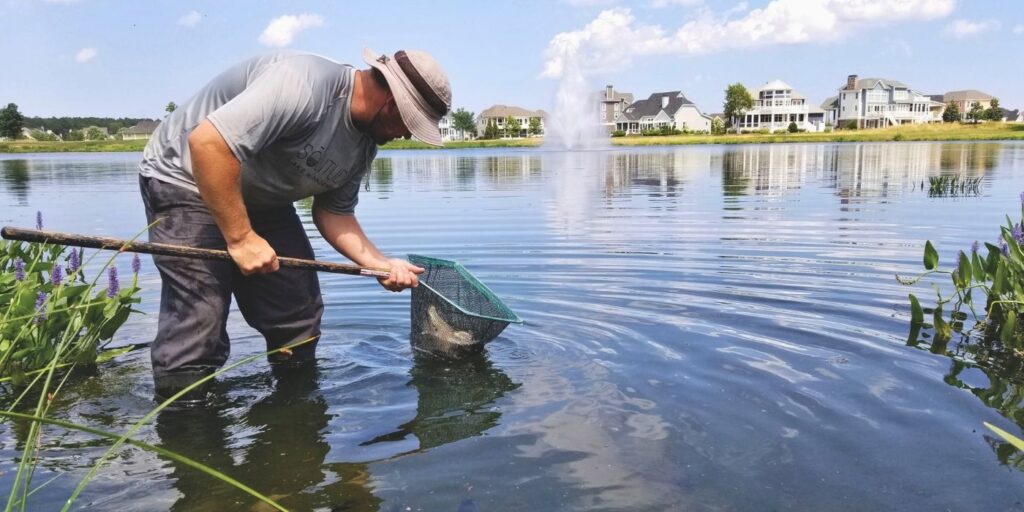
Why Stocking a Pond Is More Complex Than It Seems
Fish stocking may seem simple at first. Many property owners and managers assume that they choose their desired fish species, we release them into the water, and they can start fishing. But successfully establishing and managing a desired fishery is more complex. Most of our initial conversations with new clients center around the basics. Before developing a stocking plan, we must consider many factors, including geography, temperature, season, and their goals.
This guide is designed to mirror that first discussion. When you understand the fundamentals of fish stocking, you can better articulate your goals and take a stronger role in developing a tailored stocking strategy.
Determining Your Goal...
Before building a stocking plan, it’s important to reflect on your “why.” The species you select—as well as if/when, how many, at what size, and in what quantity—all depend on your ultimate objectives. Keep in mind that stocking alone does not create a fishery; it’s just one of many steps in a broader management strategy.
Before designing a stocking program, you should first narrow in on your goals
-
- How soon would you like the fishing experience to be at its best?
- Which species do you want to catch, and at what catch rate (fish per hour of effort)?
- What is the desired size of fish you are hoping to catch?
- How many angling hours per month or year will the fishery need to support?
- Are you planning to keep or release the fish you catch?
- Will the typical angler be considered an avid fisherman or a novice?
Aside from your angling goals, the design of your fishery also depends on your budget and what the waterbody can sustainably support.
Seasonal Timing And Latitude
Stakeholders often wonder if stocking is more successful in the spring or in the fall. Ultimately, it depends on the type of species you’re stocking and what you’re trying to achieve. Keep in mind, the spring and fall stocking windows differ based on where you live. For example, in New England, fall stocking starts in September, while in Texas, it doesn’t begin until October or November.
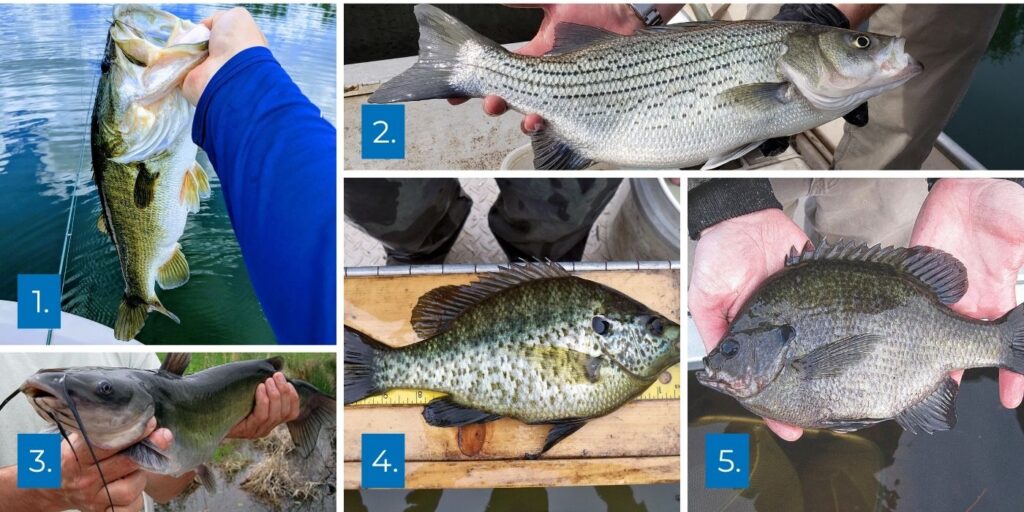
Warm-Water Fish
Warm-water fish can be stocked successfully in both spring and fall across all regions, ideally when temperatures range from 55–75°F.
- Largemouth Bass – The quintessential predator species, popular with anglers.
- Hybrid Striped Bass – An alternative or complement to Largemouth Bass or catfish; suitable for many regions.
- Channel Catfish – Usually stocked for youth fishing programs; easy to catch and often harvested.
- Redear Sunfish – Help reduce parasites by feeding on snails.
- Bluegill – Reliable panfish that reproduce readily and provide food for bass.

Cool-Water Fish
Cool-water fish thrive in northern climates or higher elevations, and are best stocked in the fall. They generally do not do well outside their native cool-water ranges.
- Smallmouth Bass – Aggressive predators that put up a great fight.
- Tiger Musky – Excellent trophy fishing; typically reaches 3.5-4 feet long (3.5 is much more common)
- Walleye – Popular game fish; challenging to catch and tastes excellent.
- Yellow Perch – Delicious panfish; exciting to catch year-round, especially through ice.
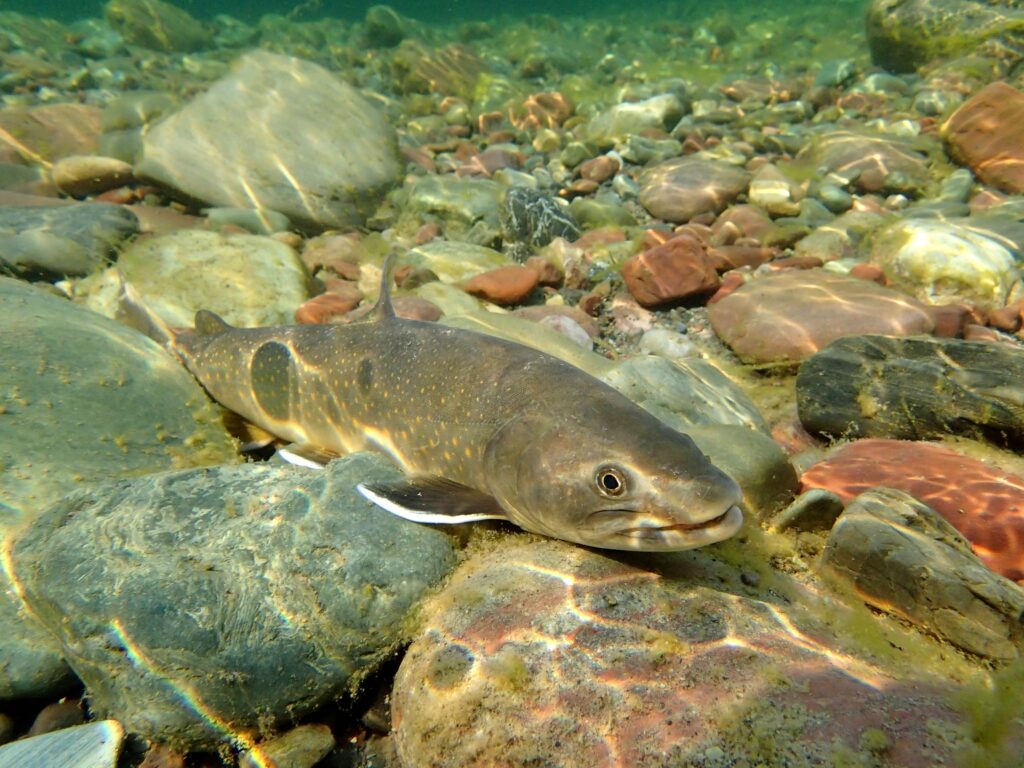
Trout
Cold-water fish: Trout are a popular cold-water species often stocked for recreational fishing. They live year round when cool, oxygen-rich conditions are maintained, but are frequently stocked in waterbodies that do not meet their water quality needs. In those cases, they are stocked in the fall, and are harvested before the following summer, serving as a put-and-take recreational fishery.
Regulations and Legal Considerations
Because stocking laws differ by state and waterbody type, not every species is permitted everywhere. A professional can navigate these regulations for you, so you can focus on your developing fishery.
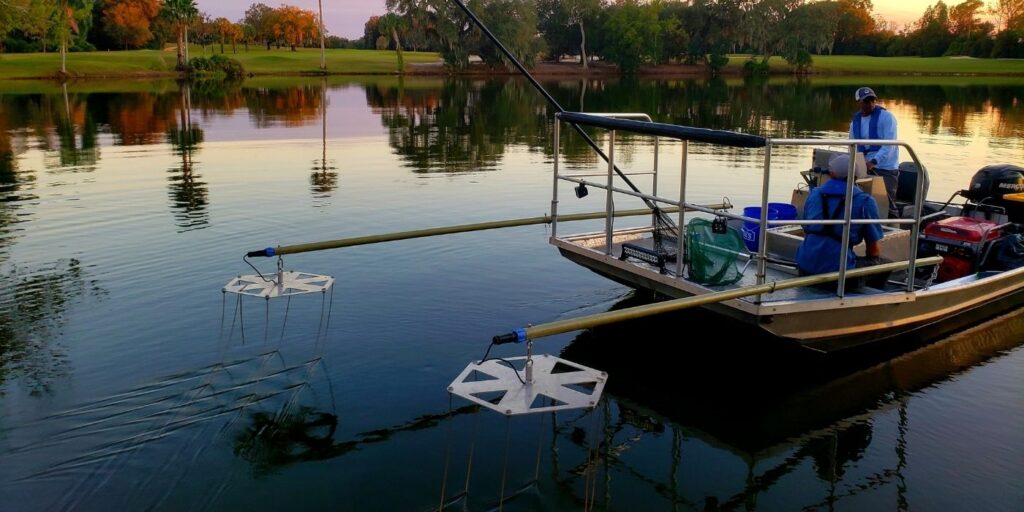
Before You Stock...
You know your goals, the appropriate species, and the optimal stocking window. However, before taking the next step, it’s important to determine which fish species are already in the water. Electrofishing surveys are used to determine which species and sizes are present and to assess the overall health and condition of the fish, including whether each species has adequate food. This information helps Fisheries Biologists make decisions to keep your goals on track. For example, if the predator-to-prey ratio is imbalanced, fish removal may be necessary before stocking.
During an electrofishing survey, Fisheries Biologists use specialized equipment to create an electric current in the water. Fish are temporarily stunned, allowing professionals to evaluate them onboard. After the brief assessment, fish are safely returned to the water.
Build Your Tailored Fisheries Management Plan
Fish stocking is just one aspect of a successful management program. Because fisheries are delicate ecosystems that are easily impacted by weather and water quality fluctuations, an integrated management approach can help protect your investment. Partnering with professional Fisheries Biologists helps provide peace of mind that your fishery is cared for at all times, no matter the region or season.
Grow Big, Healthy Fish with A Custom Fisheries Management Plan
SOLitude Lake Management is a nationwide environmental firm committed to providing sustainable solutions that improve water quality, enhance beauty and preserve natural resources.
SOLitude’s team of aquatic scientists specializes in the development and execution of customized lake, stormwater pond, wetland and fisheries management programs. Services include water quality testing and restoration, algae and aquatic weed control, installation and maintenance of fountains and aeration systems, shoreline erosion control, muck and sediment removal and invasive species management. SOLitude partners with homeowners associations, golf courses, private landowners, businesses and municipalities. SOLitude Lake Management is part of Rentokil, a leading business services company, operating across the United States, Canada and Puerto Rico.
For more information, visit SOLitude Lake Management at solitudelakemanagement.com, and connect on Facebook, LinkedIn, Twitter, Instagram and YouTube.

